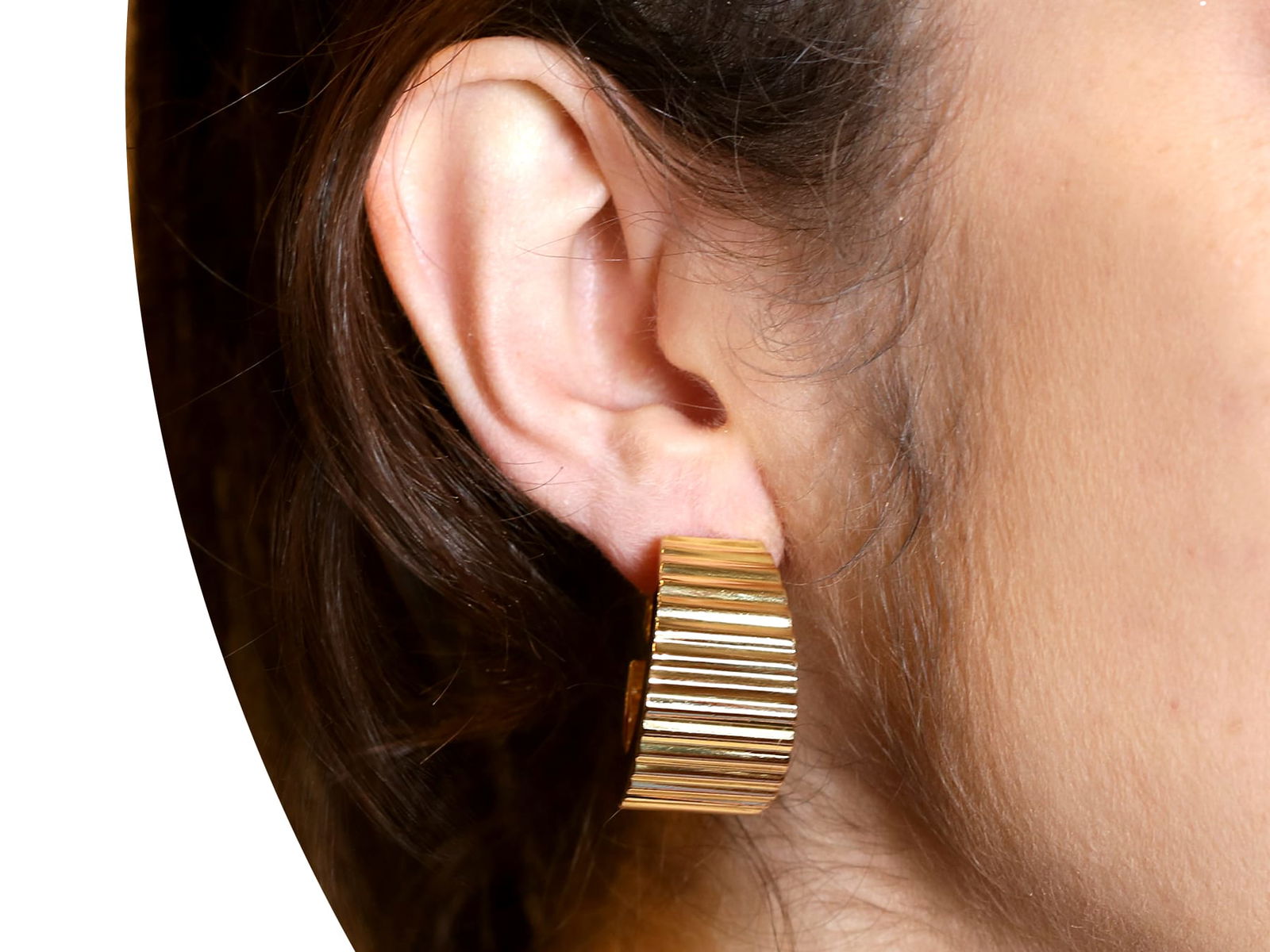Often a compote dish might be described as a tazza or as a comport dish. Therefore, in order to understand what a compote dish is, it might be useful to explain the (slight) difference between a tazza, a comport dish and a compote dish.
A tazza is a shallow, wide dish which sits on top of a short stem with a wide based foot. What makes the tazza stand out from a comport dish, and also a compote dish, is that a tazza can be made for entirely decorative purposes. In fact, often they may be made out of materials that are not intended or safe for holding food.
A comport is often shaped like a big, flatter, bon bon dish, and they are also used for holding food. Sometimes comports can be quite flat, like a small, slightly rimmed plate situated on a pedestal base.
A comport dish are a compote dish are often confused. In fact, the origin of the word comport is a 16th century variation of compote – so they are connected. Some people suggest that the difference between the two is that compotes have lids, whereas comports don’t. Confusing matters, however, come compotes don’t even have lids. Perhaps the difference is that compotes have a distinctive shape: they look like vases or bon bon dishes, comports, on the contrary, are bowl and saucer-like in shape.

From this exploration, we can identify a compote dish as a vase/bon bon dish shaped dish on top of a based stem, occasionally with a lid, that is used to hold food such as fruit, nuts and sweets.

An exceptional, fine and impressive, rare antique Edwardian English sterling silver caviar/muffin dish.

An exceptional, fine and impressive antique Edwardian English sterling silver bon bon dish made in the Arts & Crafts style.

An exceptional, fine and impressive antique George V English sterling silver tazza made in the Art Deco style…
Browse our impressive collection of vintage and antique silver dishes for sale.





